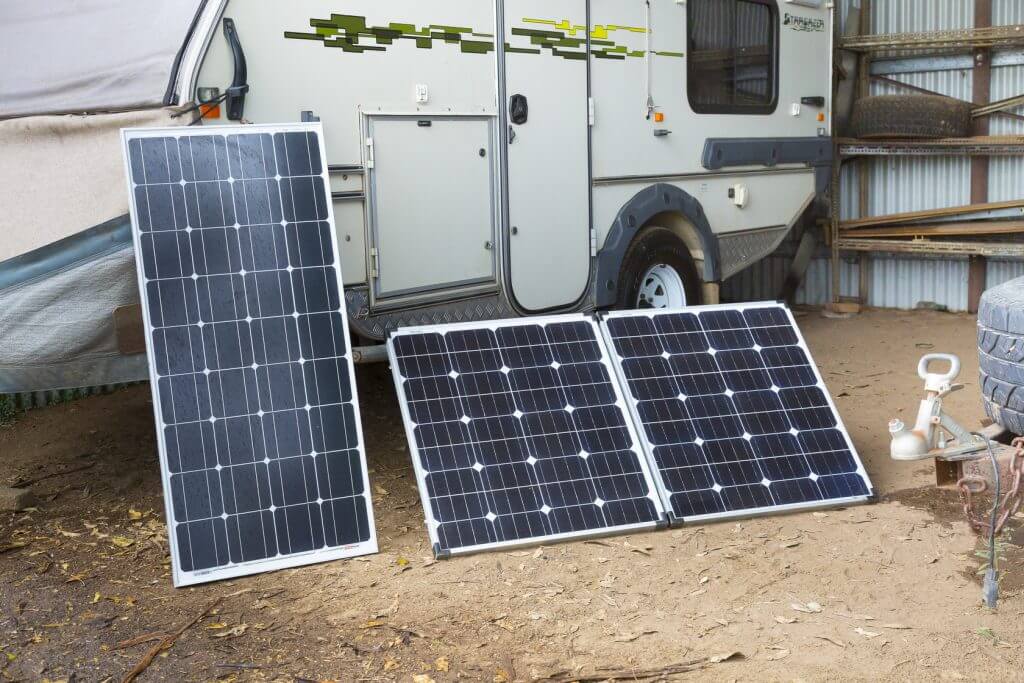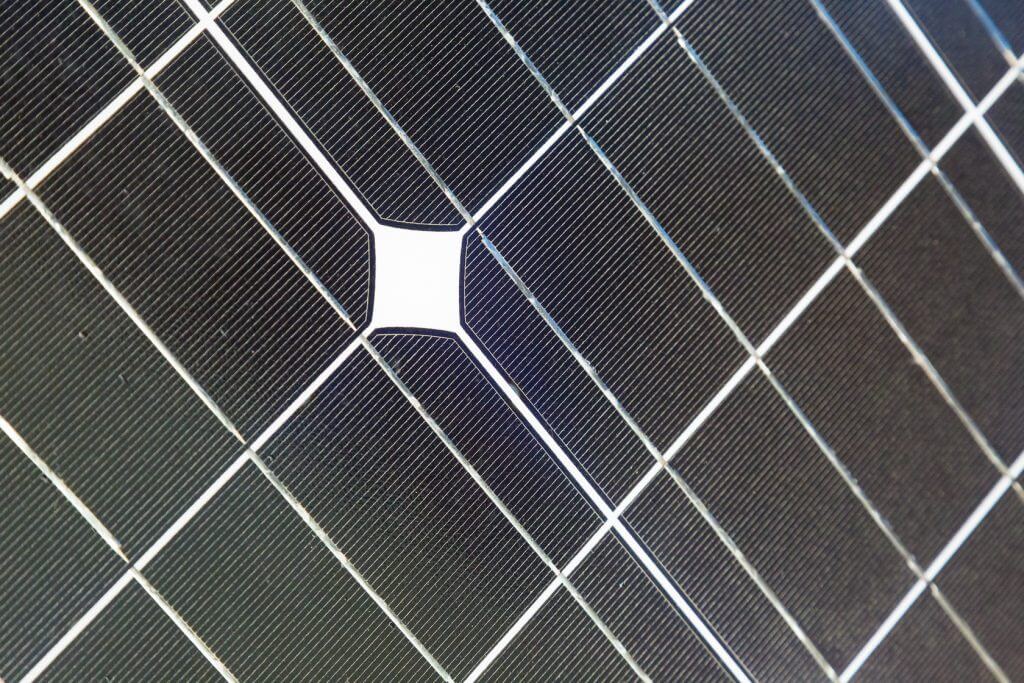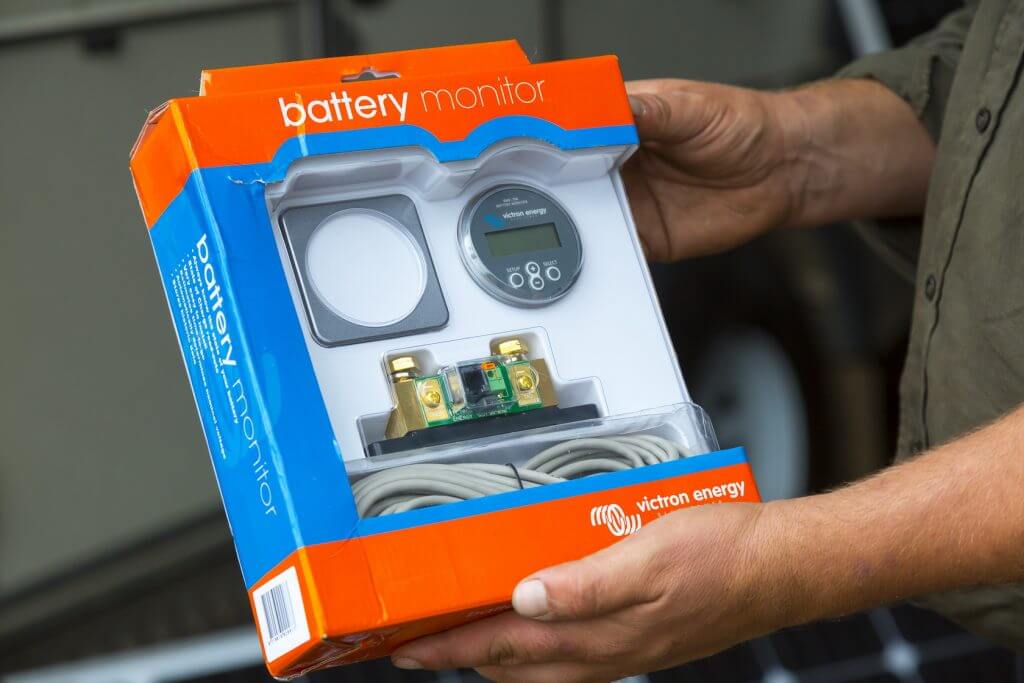
We’ve called in the solar experts to help you plan the ultimate 12V camper trailer power solution.
When you’ve set up camp out the back of beyond, there are few worse feelings than realising your battery bank has run out of 12V power.
This might mean you’re forced to cook dinner in the dark, or you could lose a fridge-load of meat. Worse still, your beer will be warm!
Clearly, this situation needs to be avoided.
So with that in mind, let’s run through a few tips for getting the best from a solar power system.
Now, if you’re not technically minded, all the complicated jargon and figures bouncing around can seem a bit overwhelming, so I decided to call in the big guns and chat to Roy Ding from Arizon International.
Roy is a deadset guru when it comes to deciphering the different options surrounding solar systems.
Seeing I’m also currently considering the options for fitting a you-beaut solar system to my personal camper trailer, this seemed like the ideal opportunity to get the low-down on creating the ultimate solar system for your own camper trailer.

For a quick-fire entry into the heady world of solar panel design, just ask any existing user about their preference for solid versus flexible solar panels.
This debate is never-ending, but Roy says the choice really comes down to your preference of construction material.
“Tempered glass solar panels (solid) generally have a much longer lifespan, with most coming standard with a 10 year product warranty,” he said.
“However, flexible panels have a shorter design life in comparison, with warranty periods usually only active for one to two years.”
Roy pointed out that solid glass panels are robust and thermally stable, so they won’t scratch easily or deform when the weather heats up.
“Solid panels come with aluminium frames for easy mounting and an air gap under the panel will keep it cool and efficient,” he said.
“The only downside is they are a bit heavier than a flexible panel option, which isn’t always ideal for some applications.”
If you’re leaning toward flexible plastic panels, consider also the likelihood of your panels being scratched or gouged by low hanging trees, especially when mounted on higher camper roofs.
The upper surfaces of plastic panels can also warp from heat, creating curves on the top, which can collect dust on the road and reduce efficiency.
So if weight is no problem, Roy says glass panels are his recommendation for a reliable, long-lasting system.
“It will be a system that is easy to install, long-lasting and almost maintenance-free, other than periodic cleaning,” he said.
For most camper trailer applications, a Maximum Power Point Tracking (MPPT) charger is going to cover all your needs.
When lined up against the comparable Pulse Width Modulation (PWM) charger, an MPPT charger will provide an average of 20 per cent more amperage, and only add around $100 to your overall bill.
While Roy concedes this might seem expensive when fitting together a smaller 100-200W system, there are other significant benefits for the added cost.
“MPPT regulators are not only more efficient, but they’re usually of a higher quality in general – making them more reliable for touring applications,” he said.
“Plus, MPPT can convert voltage between the solar system and battery bank, so long as the voltage of the solar system is higher than the battery bank.”
What this means is that your panels can be daisy-chained (connected in series) saving you extra wiring work and allowing your new system to run using lower amps and higher voltage, which is much more efficient.
“You won’t be losing any amps, either,” Roy says. “The regulator will drop the voltage and increase the amps again when it’s charging the battery bank.”
But not all MPPT regulators are created equal.
While some include display screens (handy for reading charging amps), others have a minimal user interface or even no screen – although many of these models can be paired with an app to your smartphone (also kinda handy!).
Roy’s advice is to go with a regulator that provides a live amp reading.
This lets you know how the solar system is performing and what you should expect from it – making this readout useful for troubleshooting, too.

One of the major advantages of any solar system is that it’s a no-fuss option, with little or no set-up required, especially if you go for fixed solar panels on the roof of your rig.
These can also help to insulate your camper against the sun’s rays, but the downside is that these panels can create a bit of extra weight – which might mean erecting your pop-top suddenly became a bit tougher.
Another consideration is that your rig needs to be parked in the sun for your system to work efficiently.
Portable solar panels do away with this problem – you can be chilling in the shade, while your panels are pumping power just metres away in full sunlight.
There’s a slight increase in the risk of theft and a few minutes set up each time you arrive at a new camp, but for some people, this is a small price to pay.
In short: portable panels are generally more efficient if they’re set up correctly, but fixed panels will pour more power into your system.
By installing dual batteries in your solar system, you can actually increase the lifespan of both batteries in the long run.
Now, this gets a bit technical, but bear with me…
Roy explained that most deep-cycle AGM batteries have a rated cycle life of about 500 charges at 50 per cent depth of discharge (DOD) and more than 1200 cycles at 25 per cent DOD.
What does this mean? Well, in standard testing conditions, the battery should last 500 cycles (if it’s discharged to 50 per cent for every cycle) and it will last for more than 1200 cycles (if it’s only discharged for 25 per cent every cycle).
So if you choose to double the size of the battery bank in your camper by installing two batteries, you will reduce your DOD from 50 per cent to 25 per cent – doubling the lifespan of your batteries.
What to buy then? Roy’s advice is to go for a dual-battery system that will likely cost less money in the long run and is also larger in overall capacity.
Keep in mind – if your battery bank runs down to 12V regularly, it might be worth increasing the capacity of your whole battery bank.
Voltage drop can cause real problems for your solar system, causing the regulator to think the battery is fully charged when, in fact, it’s not.
This can occur when, for instance, there is 0.5V voltage drop between the solar regulator and the battery.
This means the 14.4V charging voltage from the regulator will be received as just 13.9V at the battery – no good!
The best way to eliminate this problem is simple – just install the regulator as close to the battery as possible, and use an electrical cable thick enough for the job.

Given that solar panels sit nearly flat on your roof most of the time, Roy advises cleaning your panels regularly.
This ensures that dirt and dust which has been collecting on the surface of the solar panel is whisked away, providing maximum exposure to the sun, and maximising overall efficiency.
The best way to clean your panels is by wiping them over with a water/detergent mix, before rinsing with clean water and letting them dry on their own.
The detergent actually acts as an anti-static agent, which prevents excessive build-up of dust.
Using cotton polishing cloths to buff your panels can in fact, backfire, as you are creating a static charge which ironically attracts dust, instead of repelling it!
It’s also important to bear in mind that solar modules turn light, not heat, into electricity.
Roy has found that most solar panels tend to lose output the warmer they get, which means solar panels usually work more efficiently in cooler places where lots of sunlight is available.
This is part of the reason why some users experience their solar charge fading in the afternoon, as the angle of the sun on the panels is decreased.
Of course, another reason is that as the battery increases in charge, the solar regulator consequently reduces its output accordingly.
If the idea of free off-grid power sounds good to you, then a well-considered solar system will definitely light your fire (okay, not literally…).
The trick is to plan out exactly what you’ll require from your solar system to cater for all your 12V needs – lighting, heating, cooking, charging and everything else that has an electrical cord.
Once you get it right, powering all of those fancy camper trailer accessories will become an absolute breeze.
And make sure you allow for added electrical capacity down the track – there’s bound to be even more fancy new gadgets you won’t be able to live without in the future, too!
Words: Ben Keys and Michael Borg
At Mars Campers we work hard to develop the best value for money camper trailers with a view of helping you create memorable experiences with your loved ones.
Did you find this information useful? If you found even one tiny nugget in this material to be useful, please do forward it to three of your friends. I am sure they will thank you for it. You can send it to them via email, Twitter, Facebook or post it on your own website.